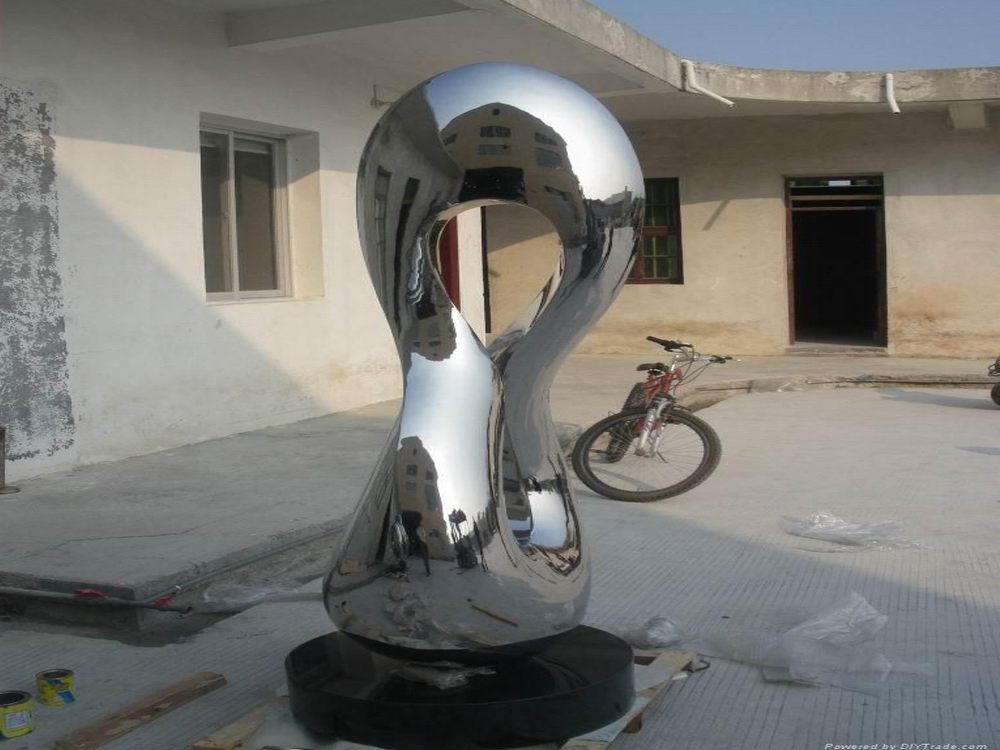
Bronze sculptures possess a unique ability to alter the perception of time within art installations, merging the eternal with the ephemeral. Their material durability contrasts with the fleeting nature of human experience, creating a dialogue between permanence and transience. In installations, bronze works often serve as anchors, grounding viewers in a moment while inviting reflection on historical continuity or decay.
The patina of aged bronze, for instance, visually narrates the passage of time, while polished surfaces reflect shifting light, mimicking temporal flow. Artists leverage these qualities to manipulate spatial and temporal dimensions, crafting immersive environments where time feels both suspended and accelerated.
Moreover, the weight and solidity of bronze contrast with more transient elements like light or sound in mixed-media installations, heightening awareness of time's layered nature. This interplay challenges linear perceptions, suggesting time as a sculptural medium itself—malleable, textured, and open to reinterpretation.
Ultimately, bronze sculptures in installations act as temporal portals, bridging past, present, and future through their enduring yet evolving presence. They remind us that art doesn’t merely exist in time—it sculpts our very understanding of it.

